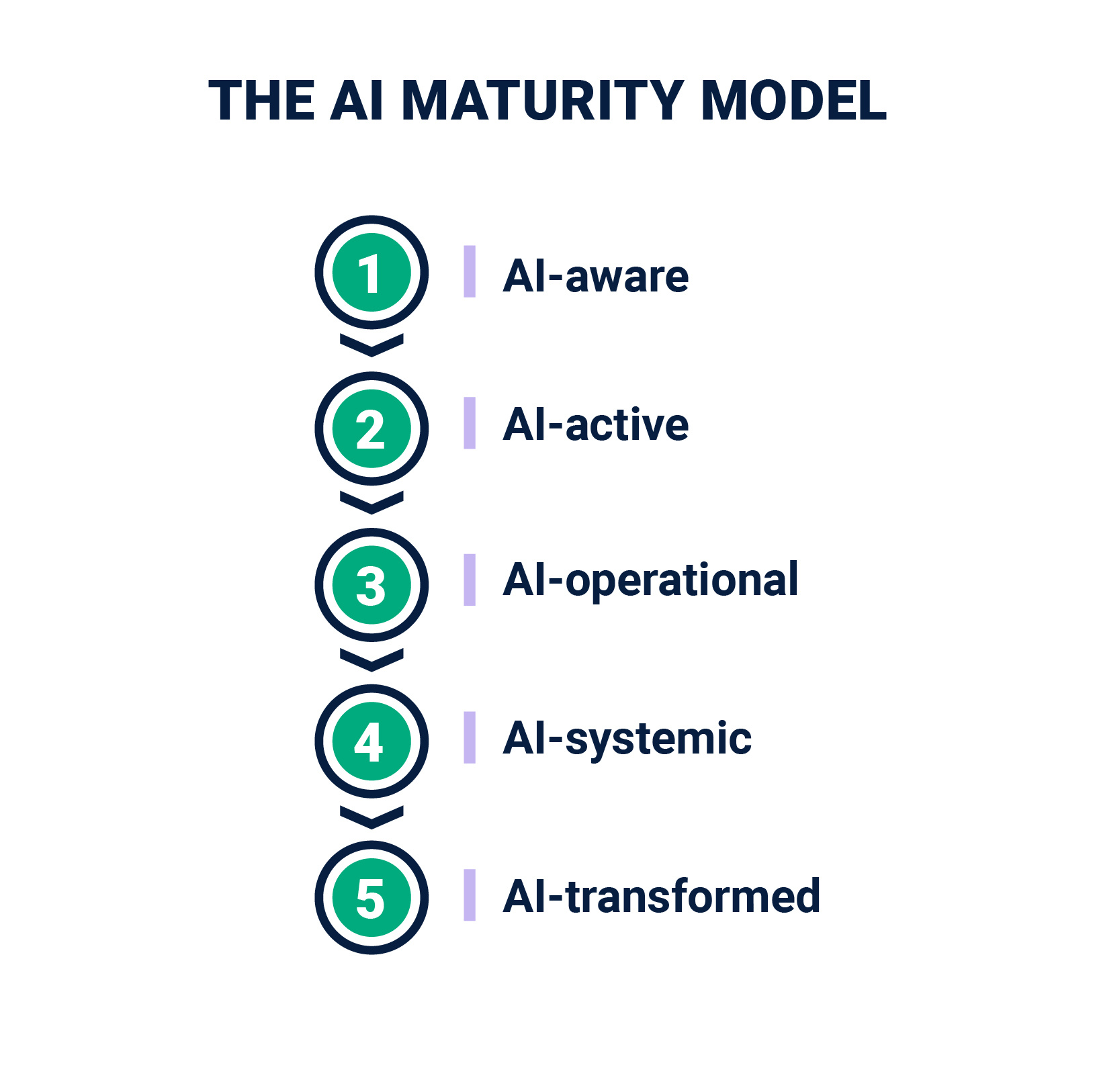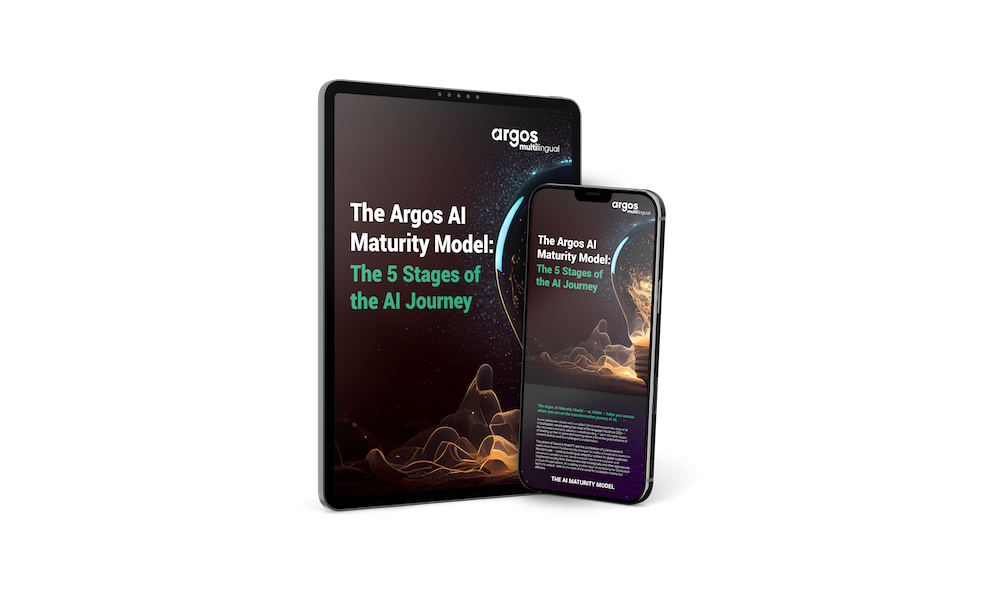The AI Maturity Model — or AIMM — helps you assess where you are on the transformative journey of AI.
Closely collaborating with our global clients and researching the state of AI in localization, we find that most of the language industry in 2024 — the innovators and early adopters notwithstanding — is in the early stages of leveling up their AI game and learning where it fits in the grand scheme of content creation and its multilingual transformation.
The advent of OpenAI’s ChatGPT and the multitude of LLM-powered AI applications haven’t fundamentally changed the reality of localization teams on the client side — creating multilingual, impactful content for global audiences remains as complex as ever.
Amid renewed interest in localization and heightened scrutiny from the business that strategically and often aggressively pursues AI applications, AI is adding another layer of complexity for localization teams to unpack. With AI, it’s more of the same for localization teams, but different.

What is AI maturity: the localization professional’s definition
Within the context of global language operations, AI maturity is a measure of your team's awareness of and readiness to integrate AI capabilities successfully.
If you’re considering using generative AI for localization or have been tasked with investigating its viability, it is probably with the broader aim of positively affecting your program’s performance and output. Your goals may be to optimize efficiency, cost, and quality or expand your company’s reach.
While it’s difficult to predict where the AI (r)evolution will take us, it is not entirely science fiction to imagine AI may be the catalyst that transforms your localization operations altogether. Regardless of your objectives, knowledge, and awareness, AI will underpin any effort.
Why we created the AI Maturity Model
The AI Maturity Model is a universal framework Argos Multilingual developed based on qualitative feedback collected from those first in line tasked with operationalizing AI in localization workflows — the localization teams on the client side.
When interviewing localization and globalization leaders about their teams’ experiments and experiences with AI, it became clear that teams display differing levels of AI maturity. Not everyone is at the same stage of their AI journey. The common denominator for every company is that, with AI, they started in late 2022 at the same place — literally at the beginning.
There is a natural progression from picking up a piece of tech, experimenting with it, piloting the use cases, and deploying it in real-time production scenarios. This progression is not linear and many internal and external factors influence it.
Our research shows localization and AI maturity are inextricably linked. The two tracks run parallel. Teams will have reached a certain level of localization maturity, and now they must do the same with AI. One influences the other. Since 2022, one cannot exist without the other.


